Cruz, J. V. R. et al. Obstacles to glioblastoma treatment two decades after Temozolomide. Cancers (Basel). 14. https://doi.org/10.3390/cancers14133203 (2022).
Araszkiewicz, M. et al. The irradiation system for studying biological effects in…
Cruz, J. V. R. et al. Obstacles to glioblastoma treatment two decades after Temozolomide. Cancers (Basel). 14. https://doi.org/10.3390/cancers14133203 (2022).
Araszkiewicz, M. et al. The irradiation system for studying biological effects in…
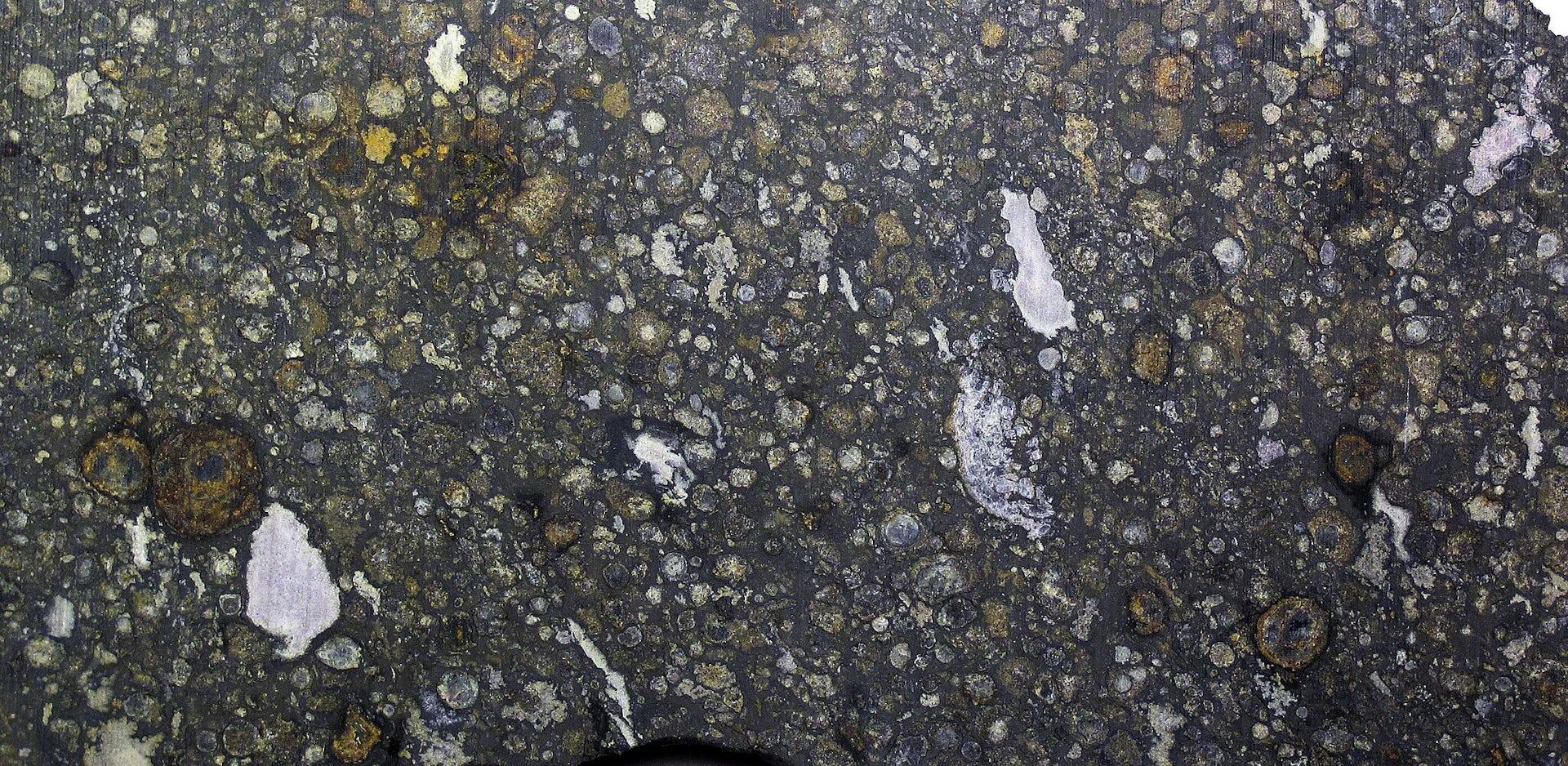
Newswise — When NASA scientists opened the sample return canister from the OSIRIS-REx asteroid sample mission in late 2023, they found something astonishing.
Dust and rock collected from the asteroid Bennu contained…

A protein essential to the human body for managing energy and regulating appetite relies on a partner protein, according to new research, and the findings could help researchers better understand genetic obesity.
In a paper…
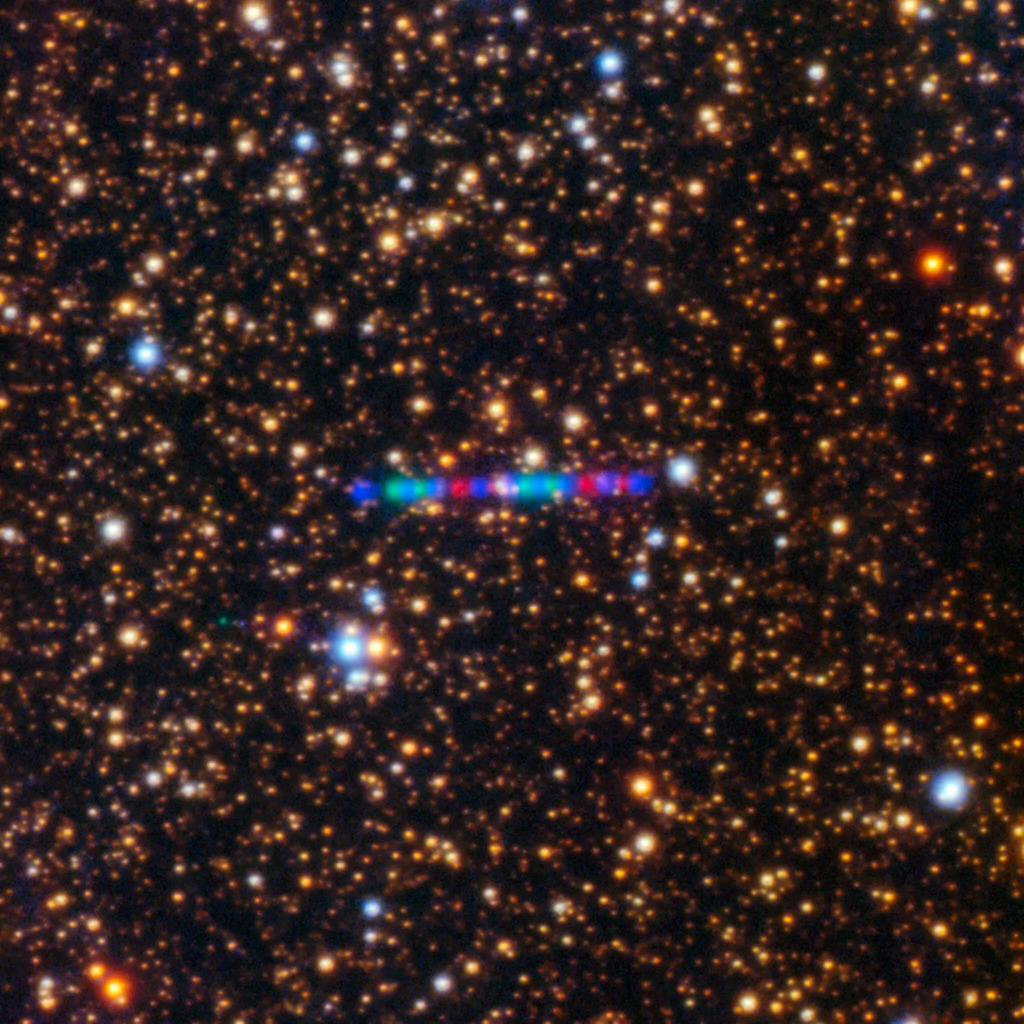
As space agencies plan for long-duration missions beyond Earth, researchers are testing how terrestrial life withstands extreme extraterrestrial environments. A…
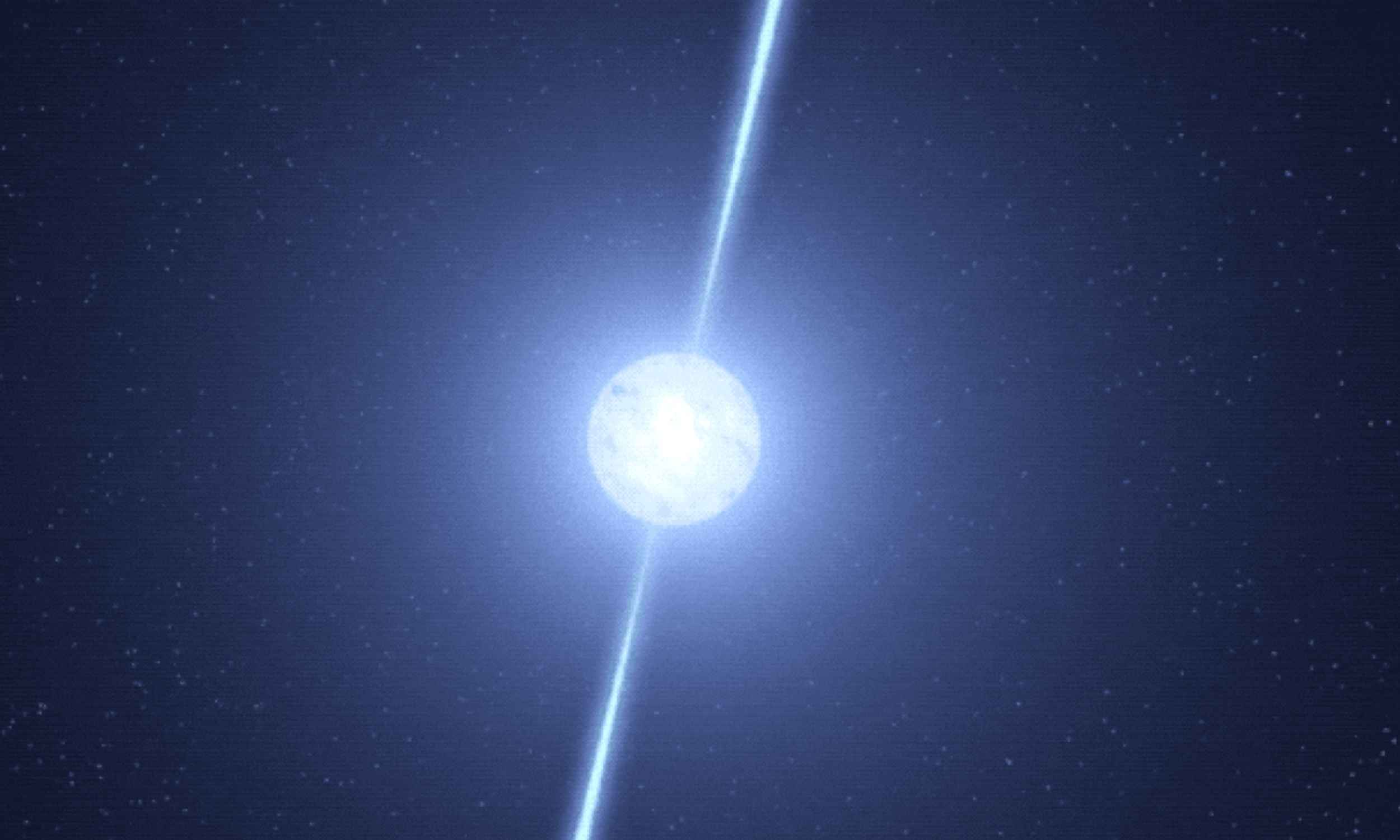
On November 28, 1967, astronomy graduate student Jocelyn Bell Burnell at Cambridge spotted a tiny repeating mark on miles of radio data. That odd signal turned out to be from the first known pulsar, an ultra dense stellar corpse that sweeps radio…

December 16, 2025
The ancestors of all modern members of the order Carnivora, which includes a variety of mammalian species, such as cats, bears, wolves…
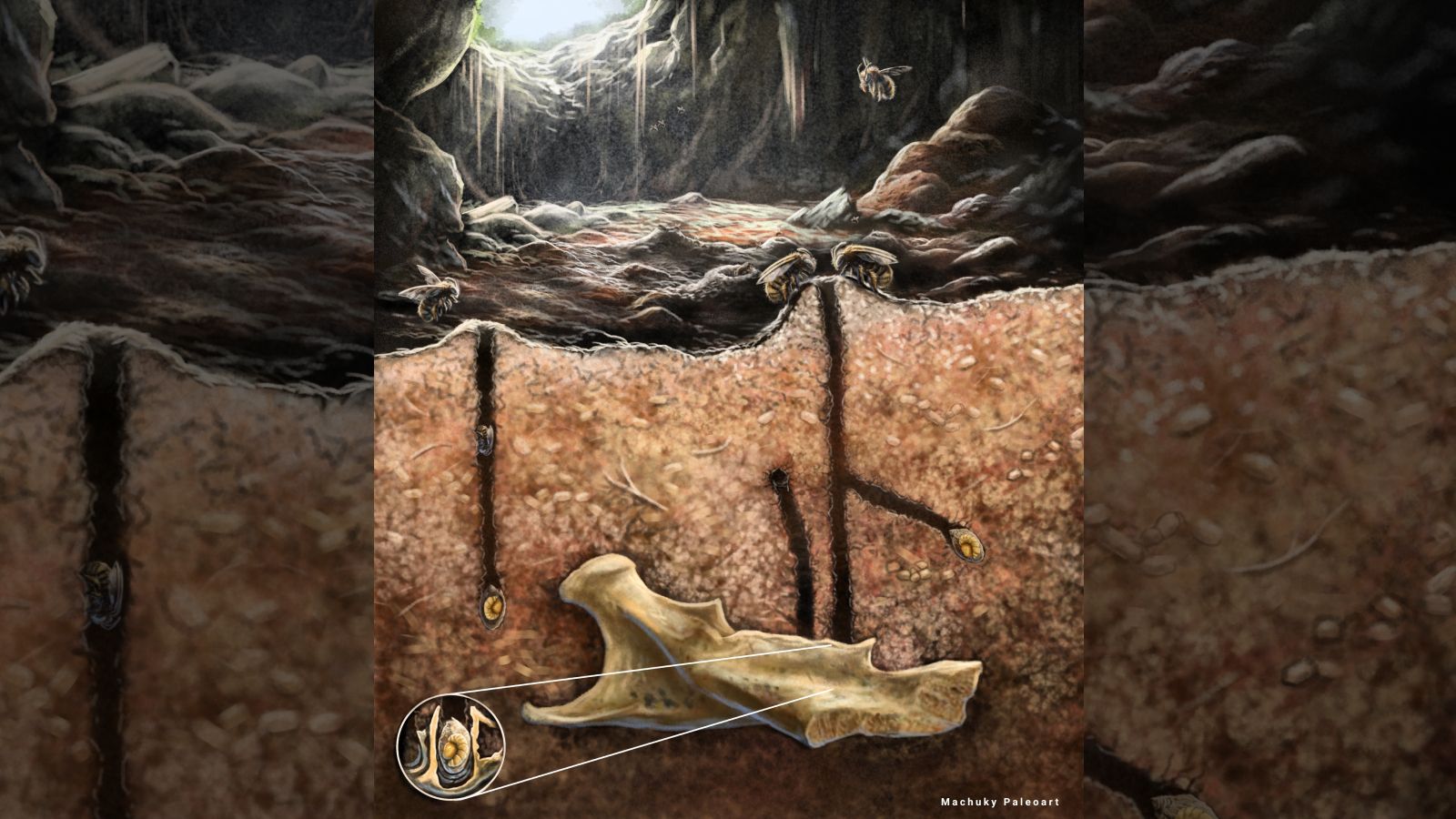
More than 5,000 years ago, burrowing bees made their homes inside heaps of rodent bones buried in a cave on Hispaniola, the Caribbean island that comprises the Dominican Republic and Haiti, a new fossil study suggests.
The bees encountered the…

— A red and white conical cap that circled the world one Christmas Eve — not atop a jolly old man riding a reindeer-guided sled, but rather on a NASA astronaut aboard a space shuttle — has gone on display in Kansas to…
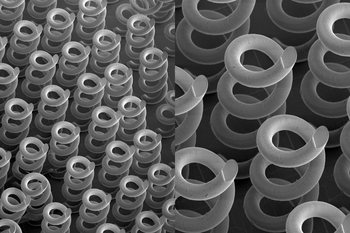
Newswise — Researchers at Lawrence Livermore National Laboratory (LLNL) have optimized and 3D-printed helix structures as optical materials for Terahertz (THz) frequencies, a potential way to address a technology…